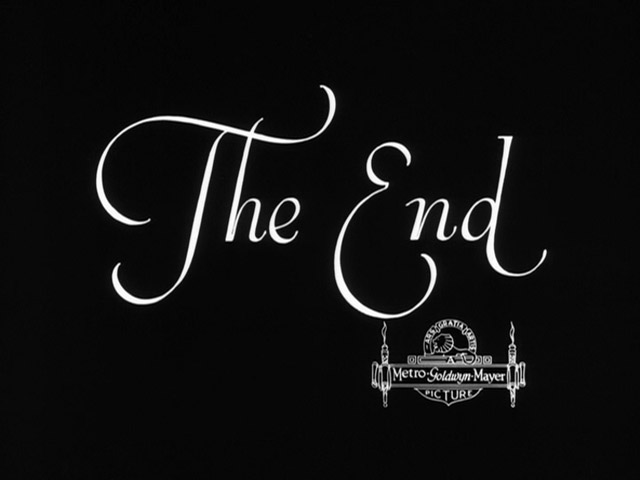corporate distributed learning
This type of learning has many different advantages, as stated in the text. It benefits the worker by saving them time, they don't have to travel to learn the information. They can also apply it immediately because they are learning in the workplace. It benefits the company because they do not have to pay travel expenses or an instructor. An example of this learning would be Staple's company intranet. Employees are paid on company time to use the trainings to learn the latest products.

Via Virtual Institutions
Many busy people are turning to virtual universities to earn college credit. An example of a totally online university is Colorado Technical University. It offers online classes in subject areas such as: Business and Management, Health Sciences, Information Technology and Security Studies. It is accredited by the Higher Learning Comission.
Academic Distributed Learning
Our university, Texas A&M-Commerce is a center for academic learning and it is distributed learning because it uses a variety of means to teach students: online learning through MyLeo, onsite learning and distance learning.
Free Distributed Learning
On the National Center for Technology Innovation's homepage they are offering free webinars. There are different sessions that focus on Learning Technologies. It is sponsored by Advanced Distributed Learning (ADL). http://www.nationaltechcenter.org/index.php/2009/09/03/federated-registry-architectures/
Skills Based Learning
On the SABTA IT Learning site, you can sign up to take IT training on specific programs such as Microsoft, Cisco, VMware and Citrix
Reusability
During my freshman year of college I took a science course, called Health and Diseases. As the teacher lectured with a very muffled microphone, we basically filled out the study guide for the exact answers on the test. Every test was just memorization of the study guide. I don't remember anything that I "learned" in this course. By the way....this was not at the academically minded A&M-Commerce : ) .
This course could have been improved greatly. First of all with a better sound system, lol. To improve it's reusability the design of the content could have been improved. Health and diseases are a part of every day life and the content could have been presented in an applicable way.This would help with the "May I use it?" question about it's reusability. Also to improve the "Can I find it?" question the lecture and notes structure could have been broken down into more categorized section, rather than one endless list of study questions from the chapter. That way when I am trying to retrieve and locate information, it is more accessible. To improve the "Can I use it in a way that works for me?" question. We could have been given a more in depth assignment such as researching and presenting information about a disease that we want to know more about.
Surface and Functional Features

http://www.aviationexplorer.com/paper_airplanes.html
Above is a visual for how to make a Hawkeye paper airplane.
Surface Features: It is a simple line drawing
Funcational Features: It has transformational graphics because it uses arrows to show motion and shading to show that you are using an opposite side of the paper.
The funcationality of this graphic would be greatly improved with written directions as well.
Nanotechnology
As I read our text, I found the information about nanotechnology possibilities to be crazy and quite amazing! I especially liked this quote: " Highly miniaturized, powerful computerimplants will be available and will likely be a more common elective operation than cosmetic surgery." This type of technology is opening up such a world of possibilities and with ideas such as "smart paper" it can be a great way to conserve our resources.
Nanotechnology is everywhere! It even helps me when I do laundry. Nanotechnology is used by the company that makes my husband's khaki pants. They use embedded nanoparticles to make the pants stain repellent. That means I don't have to use stain removers when he spills something on his pants. It comes right off. This makes doing laundry a lot simpler.
Which Road?
I feel that the field should go in the direction of the Broad and Inclusive Road. The technology that we work with every day in the field is everchanging, it would only make sense for us to be flexible and open to change. How can we adapt with it if we are not open to new ideas? I like that the Broad Road does not disregard the old ways, but instead, builds on them and leaves the door open. We cannot find better ways to instruct if we are not willing to evaluate and change our methods. I do see that the narrow does allow for better focus and more defined goals, but the flexiblity attribute of the Broad Road is too important to ignore.
